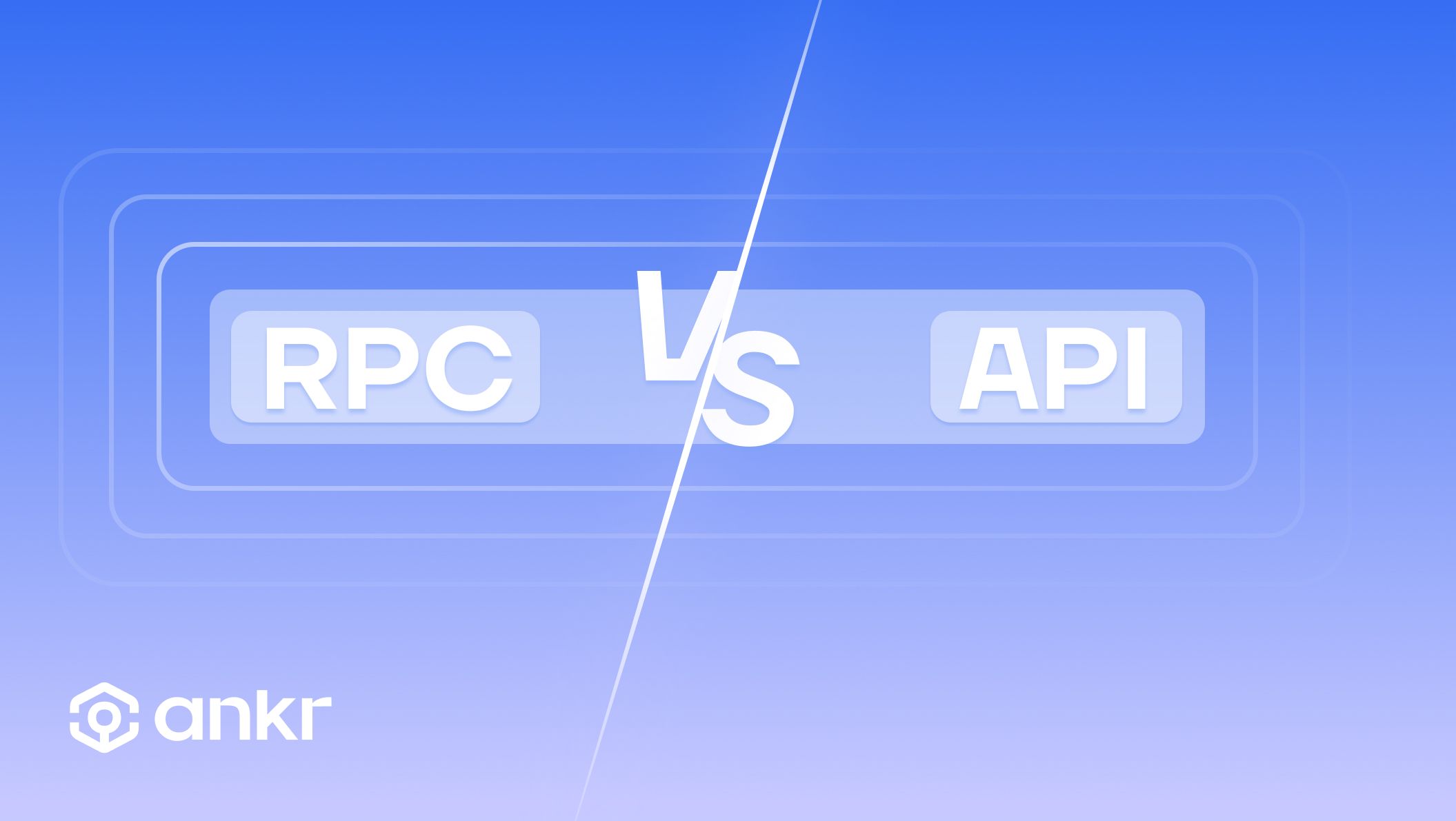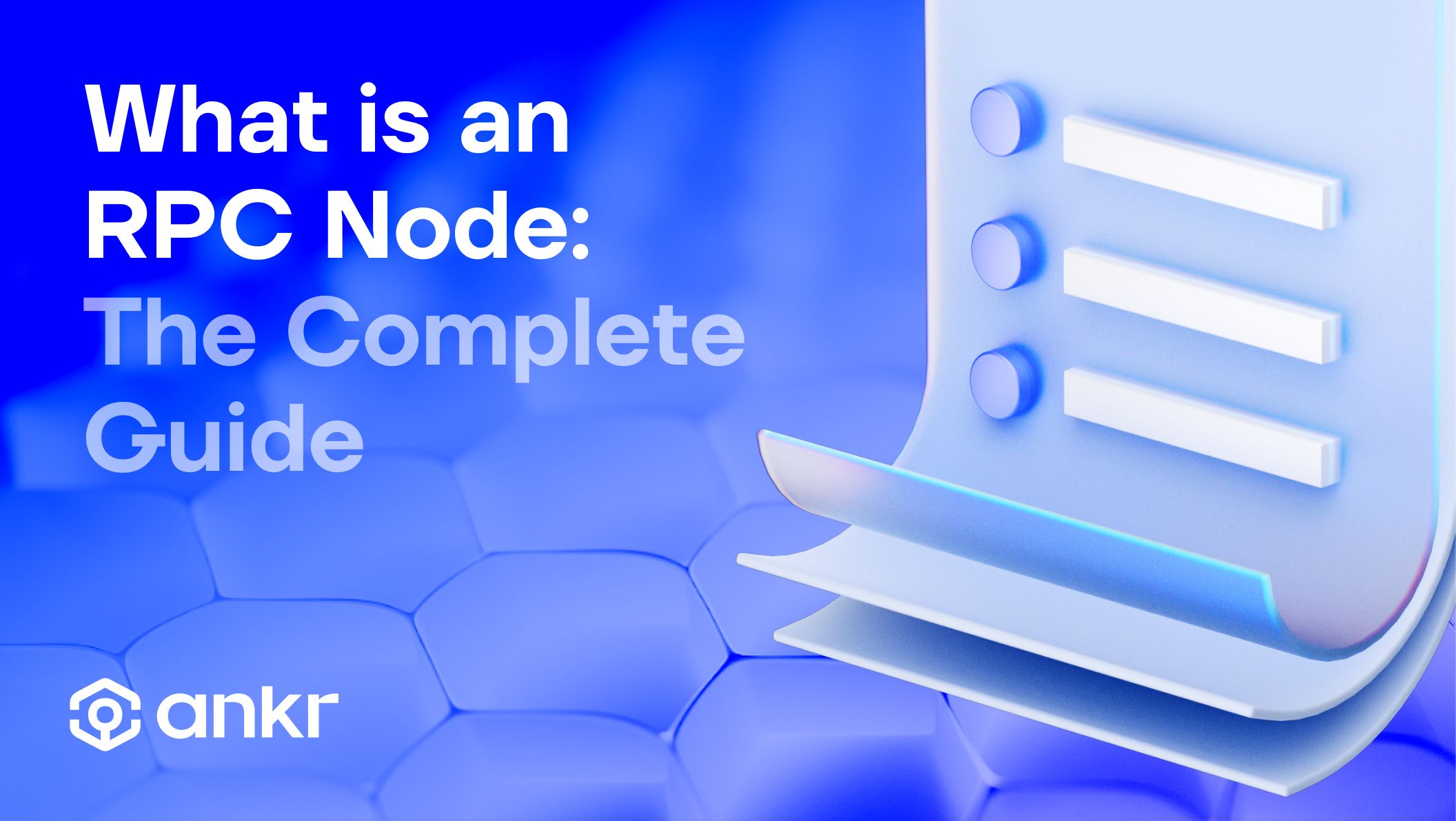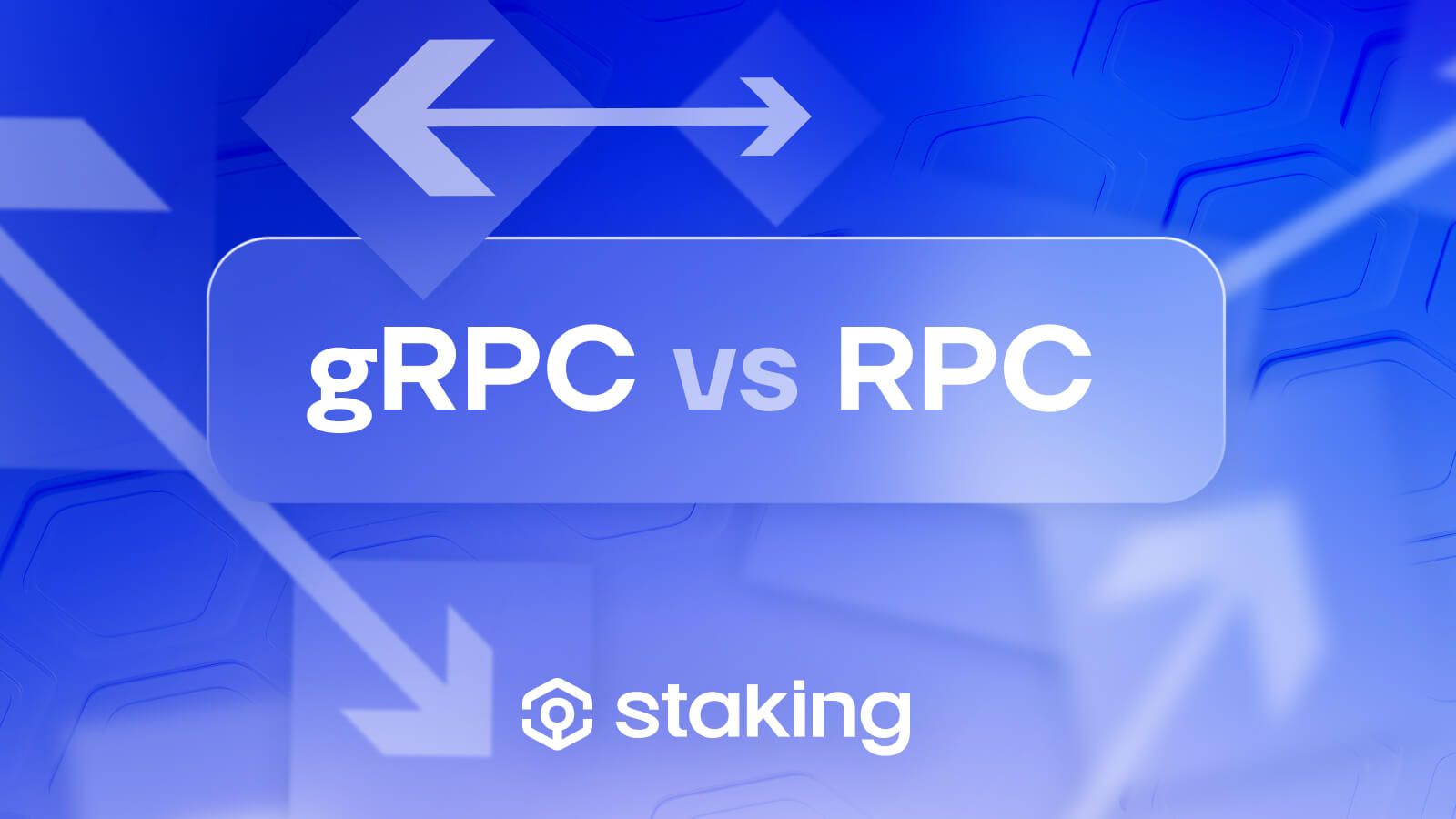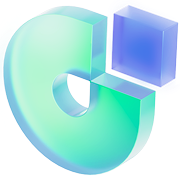What is gRPC: A Comprehensive Guide [2024]

Kevin Dwyer
April 30, 2024
6 min read
gRPC, or Google Remote Procedure Call, is an open-source RPC framework initially developed by Google. It allows efficient communication between distributed systems using a variety of programming languages and environments.
What is gRPC: Core Components
gRPC comprises several core components:
- Protocol Buffers (Protobuf): Protobuf is a language-agnostic mechanism for serializing structured data. It's used to define the structure of messages exchanged between clients and servers in gRPC services.
- Service Definition: gRPC services are defined using Protobuf's Interface Definition Language (IDL), specifying the methods that clients can call and the message types used for communication.
- Client Stub: The client-side stub generated from the Protobuf definition provides a simple API for invoking remote methods. It abstracts the network communication details, making it easy for developers to interact with remote services.
- Server Implementation: On the server side, gRPC provides a framework for implementing service methods. It handles incoming requests, executes the corresponding business logic, and sends back responses to clients.
Differences between gRPC vs RPC
While both gRPC and traditional RPC systems facilitate remote procedure calls, they differ in several aspects:
- Efficiency: gRPC uses binary serialization and the HTTP/2 protocol, offering better performance and efficiency compared to text-based RPC systems like XML-RPC or JSON-RPC over HTTP.
- Strong Typing: gRPC enforces strong typing of message structures using Protobuf, providing better type safety and documentation compared to dynamically typed RPC systems.
- Bidirectional Streaming: Unlike traditional RPC, gRPC supports bidirectional streaming, allowing clients and servers to send multiple messages asynchronously over a single connection, enabling more efficient communication patterns.
Why gRPC Matters in Blockchain Infrastructure
In the realm of blockchain infrastructure, efficient and secure communication is crucial for the network's operation. gRPC could offer some advantages for blockchain applications:
- Efficiency: With its binary serialization and multiplexing capabilities, gRPC reduces latency and bandwidth usage, making it suitable for high-performance blockchain networks.
- Interoperability: Blockchain ecosystems often involve diverse components written in different programming languages. gRPC's language-agnostic nature facilitates seamless communication between these components.
- Scalability: As blockchain networks scale, the need for efficient communication becomes more critical. gRPC's support for multiplexing and streaming enables scalable communication even in large-scale blockchain deployments.
Compatibility Features of gRPC
gRPC provides various compatibility features for seamless integration with existing blockchain systems:
- Language Independence: gRPC allows communication between components written in different programming languages, enabling interoperability within diverse blockchain ecosystems.
- Framework Agnosticism: Whether building on Ethereum, Hyperledger Fabric, or other blockchain frameworks, developers can integrate gRPC into their projects with ease.
- Flexible Communication Patterns: gRPC supports various communication patterns, including unary, server streaming, client streaming, and bidirectional streaming, catering to different requirements of blockchain applications.
Ensuring gRPC Safety
Security is paramount in blockchain networks, and gRPC offers features to enhance safety:
- Transport Security: gRPC supports Transport Layer Security (TLS) to encrypt communication channels, preventing unauthorized access and tampering of data.
- Authentication: gRPC enables mutual authentication between clients and servers, ensuring that only authorized parties can access blockchain services.
- Authorization: With support for custom authentication mechanisms and access control policies, gRPC allows fine-grained authorization of RPC calls within blockchain applications.
How to Use gRPC in Blockchain: A Walkthrough
Integrating gRPC into a blockchain project involves the following steps:
- Define Protobuf Service: Define the service interface and message types using Protobuf's IDL, specifying the methods and data structures required for communication.
- Implement Server: Implement the server-side logic to handle incoming requests, execute business logic, and send back responses using the gRPC framework.
- Generate Client Stub: Use the Protobuf compiler to generate client stub code in the desired programming language, providing a convenient API for invoking remote methods.
- Deploy and Test: Deploy the gRPC server alongside the blockchain infrastructure and thoroughly test the integration to ensure functionality, performance, and security.
Examples of gRPC Implementation in Blockchain
Several blockchain projects leverage gRPC for communication:
- Ethereum 2.0: The Ethereum 2.0 beacon chain uses gRPC for inter-node communication, facilitating efficient data exchange within the network.
- Hyperledger Fabric: Hyperledger Fabric utilizes gRPC for communication between peer nodes, orderers, and client applications, ensuring secure and scalable blockchain deployments.
How gRPC Shapes the Future of Blockchain Communication
gRPC is poised to play a significant role in shaping the future of blockchain communication:
- Standardization: As gRPC becomes a standard choice for communication in blockchain networks, it fosters interoperability and collaboration across different projects and platforms.
- Scalability: The scalability of gRPC enables blockchain networks to handle growing transaction volumes and diverse use cases, supporting the growth and adoption of blockchain technology.
- Innovation: By providing a robust foundation for building distributed systems, gRPC empowers developers to innovate and experiment with new blockchain applications and protocols, driving the evolution of the technology landscape.
In conclusion, gRPC offers a powerful framework for building efficient, secure, and interoperable communication channels within blockchain infrastructure. By leveraging its core components and compatibility features, stakeholders can unlock new possibilities for decentralized applications and accelerate the adoption of blockchain technology across industries.
Ankr's RPC vs gRPC
Ankr's crypto RPC offers several advantages over gRPC, particularly in the context of blockchain applications.
- Tailored for Blockchain: Ankr's RPC service is likely tailored specifically for interacting with blockchain networks. This specialization may result in optimizations and features designed to streamline blockchain-related operations, such as querying blockchain data, executing transactions, or accessing smart contracts.
- Simplified Integration: Similar to Ankr's other services, our RPC solution may prioritize ease of use and simplicity. It might offer straightforward integration methods, clear documentation, and intuitive APIs, making it accessible for developers to interact with blockchain networks without extensive setup or configuration.
- Blockchain-specific Security: Ankr's RPC service may include built-in security features specifically tailored for blockchain applications. These features could include encryption, authentication mechanisms, and access control policies to ensure secure communication between clients and blockchain nodes, protecting sensitive data and transactions.
- Scalability and Reliability: Given the importance of scalability and reliability in blockchain networks, Ankr's RPC service may be designed to handle large transaction volumes and adapt to changing network conditions. It might offer features to ensure reliable performance, such as load balancing, fault tolerance, and automatic scaling to accommodate growing demands.
- Integration with Ankr's Ecosystem: Ankr's RPC service may seamlessly integrate with other services offered by Ankr, such as node hosting, blockchain analytics, or decentralized storage solutions. This integration could provide developers with a comprehensive toolkit for building, deploying, and managing blockchain applications more efficiently within the Ankr ecosystem.
Overall, Ankr's RPC service aims to provide developers with a reliable, secure, and user-friendly solution for interacting with blockchain networks. For specific details about Ankr's RPC implementation, including features, capabilities, and use cases, I recommend consulting Ankr's official documentation or contacting their support team for assistance. They can provide accurate and up-to-date information tailored to your needs.
Read these other three articles and further increase your knowledge of blockchain infrastructure.
Similar articles.

What's the Difference Between RPCs and APIs?

Ethan Nelson
December 15, 2022
If you are just beginning your journey into the world of Web3 development, you may have come across terms such as "RPC" and "API" and...
![What Are RPC Nodes and Endpoints? The Complete Guide [2024]](https://s3-frontend-strapi.s3.us-west-1.amazonaws.com/rpc_node_a4828fc7d2.jpg)
What Are RPC Nodes and Endpoints? The Complete Guide [2024]

Kevin Dwyer
December 6, 2023

When diving into the world of blockchain development, you’ll soon come across a variety of terms and acronyms that can get confusing! Let’s tackle...

gRPC vs RPC in Blockchain Infrastructure

Kevin Dwyer
April 29, 2024

As blockchain technology continues to evolve, the choice of communication protocols plays a crucial role in determining the efficiency, security, and scalability of blockchain infrastructure....



